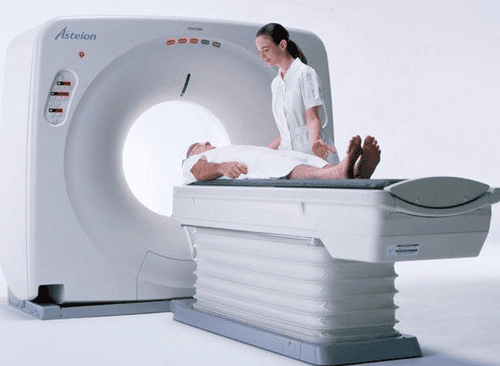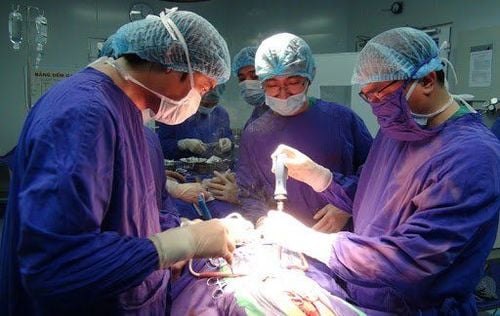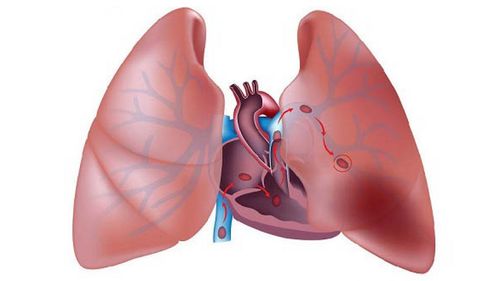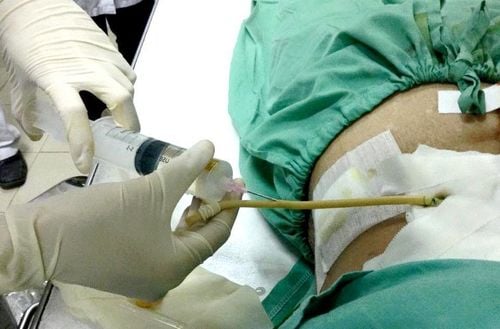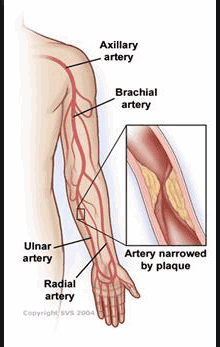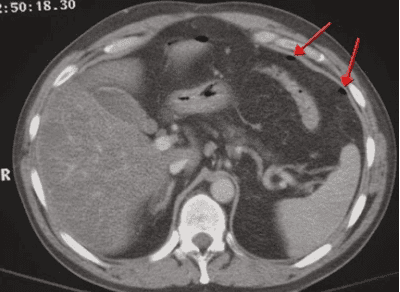This is an automatically translated article.
The article is professionally consulted by Master, Resident Doctor, Specialist I Trinh Le Hong Minh - Department of Diagnostic Imaging - Vinmec Central Park International General Hospital
CT scan is a high-quality imaging method commonly used by doctors in diagnosis and prognosis. CT angiography of the lower extremities is a method to quickly diagnose a number of diseases such as vascular malformations, lower extremity artery disease...
1. When is a CT angiogram of the lower extremities needed?
Computed tomography of the lower extremities includes cross-sectional layers with intravenous iodine contrast injection from the level of the iliac junction to the end of the toe, then using specialized software to process data, reconstruct Imaging the lower extremity arterial system in all directions.In the following cases, the doctor will order the patient to have a CT angiogram of the lower extremities:
Patients with acute or chronic occlusive stenosis Cases of aneurysms or vascular malformations Checking after arterial stenting Normal or abnormal surgical evaluation of lower extremity arterial system Lower extremity artery disease, arterial dissection.
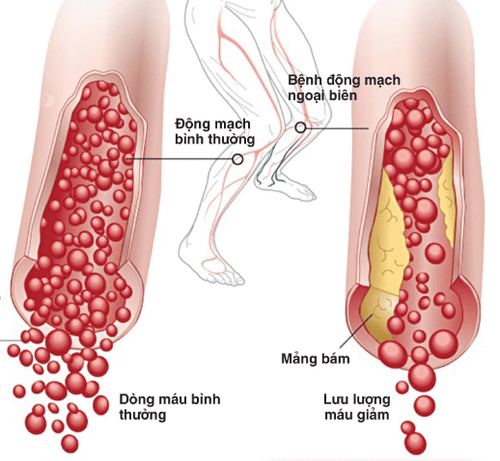
2. Procedure for taking CT scan of blood vessels of lower extremities
2.1 Prepare the patient
Explain to the patient about the process of CT angiography Instruct the patient to remove jewelry, metal objects on the body to avoid affecting the CT angiogram. Pregnant patients should inform the doctor. doctor because of certain effects of X-rays on the fetus Patients with allergy to contrast, diabetes, kidney failure, liver failure, asthma must tell the doctor Children can let the baby sleep in During the imaging process, if the child is too hyperactive, a sedative can be used for the child. In the case of contrast injection for CT scan, the patient must fast for about 4 hours before the injection. Limit drinking a lot of water, should drink about 50ml before injection within the first 2 hours.
2.2 Steps to conduct CT angiography
Adjust the patient's position:
The patient lies on his back, legs towards the chassis, hands raised to the head, legs stretched naturally, tied two big toes to fix. Placement of venous catheters: Placed in the veins of the upper extremities, in some cases can be placed in the jugular and subclavian veins Conduct CT angiography
Step 1: Cut oriented in two vertical planes and horizontal Step 2: Cut the thickness of 5mm before the drug to locate the end of the abdominal aorta to set the density measurement point for the Bolus timing program. Step 3: Post-injection cutting starts from the iliac junction to the end of the toe. CT angiography of the lower extremities takes 3-5 minutes, but depending on the case, it can take longer than 15-45 minutes, the doctor will carefully explain the scanning process to the patient.

3. Evaluation of CT scan results
Normally, patients will receive CT angiography results after 30-60 minutes. However, for cases where the doctor needs to consult, it will be slower to receive the results, if the patient has any questions, they can ask the doctor immediately. A CT angiogram of the lower extremities meets the standards if the following specific requirements are met:
The image shows the anatomical structures of the blood vessels of the lower extremities, which are the arterioles and veins of the lower extremities Detected injuries in the arteries veins or veins of the lower extremities.

4. Complications and possible problems with CT
In the process of CT angiography, some problems may occur such as the patient's movement during the scan, making the image less sharp, other causes that make the image unclear, and must be retaken.
Some complications related to contrast agents, patients are required to stay under observation 30 minutes after CT scan, if there are any abnormal symptoms, they should immediately report to the doctor.
Patients should drink plenty of water to eliminate contrast from the body after CT scan.
Please dial HOTLINE for more information or register for an appointment HERE. Download MyVinmec app to make appointments faster and to manage your bookings easily.





